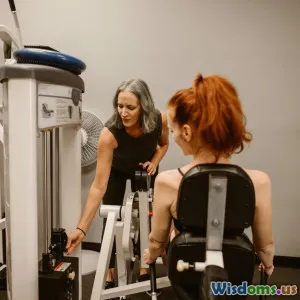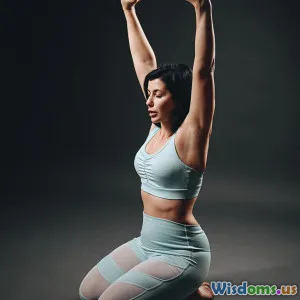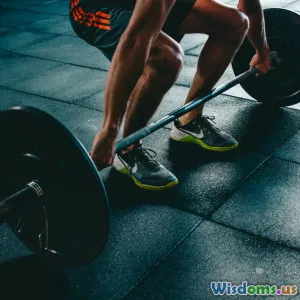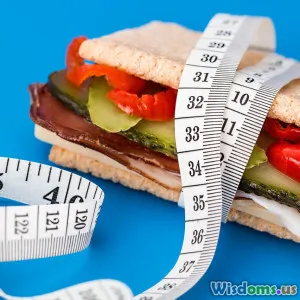
From Couch to 5K My Personal Journey and Essential Tips for New Runners
8 min read A detailed account of a transformative Couch to 5K journey packed with actionable tips for new runners to build stamina and enjoyment. (0 Reviews)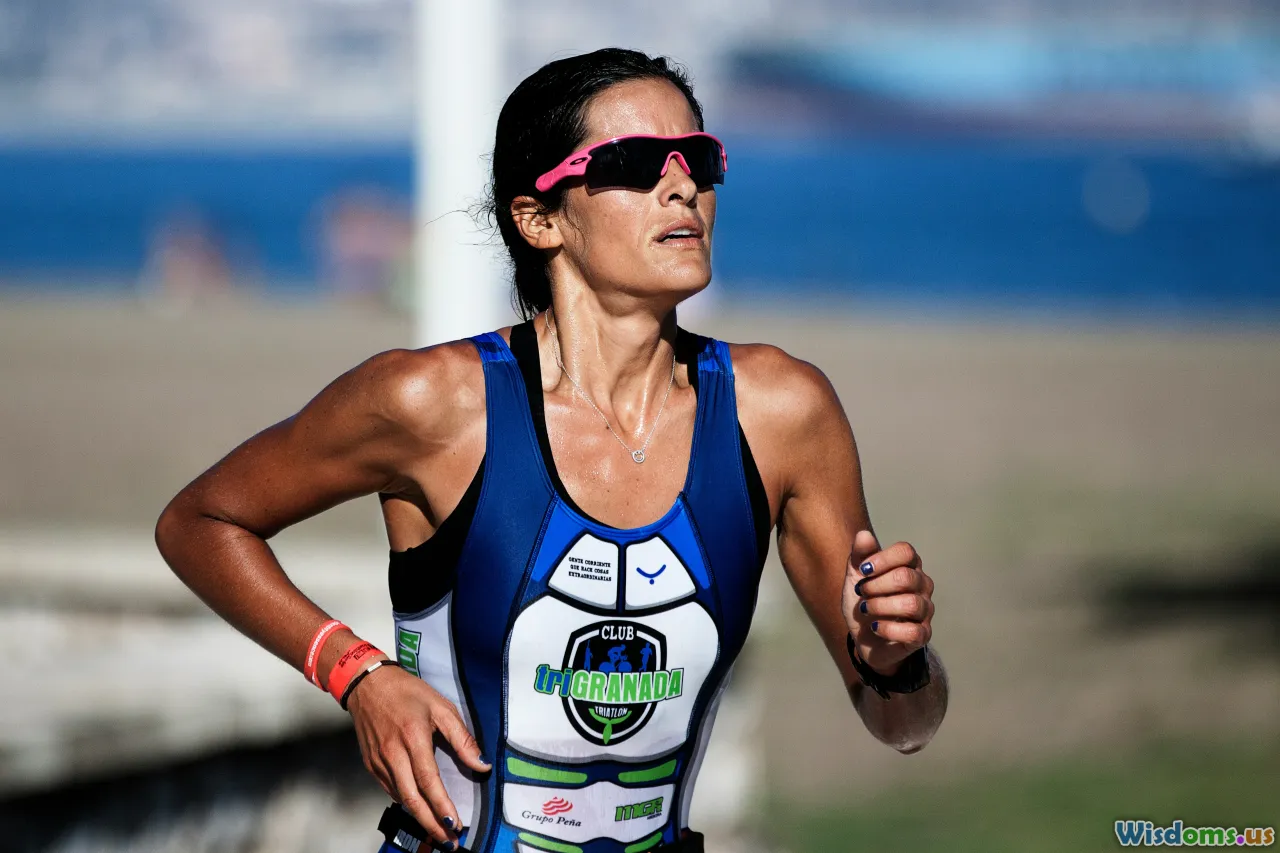
From Couch to 5K: My Personal Journey and Essential Tips for New Runners
Running a 5K race might seem daunting at first, especially if your most recent physical activity was as sedentary as binge-watching TV shows. I was in exactly that spot — a self-proclaimed couch potato with little athletic experience but a dream to change. This article is not just a chronicle of my journey from couch to 5K, but a detailed roadmap bursting with essential and practical tips for anyone new to running.
Introduction: The Spark To Start
The motivation behind starting my 5K journey wasn’t some grand new year’s resolution or a doctor’s stern warning. It was something much more relatable — fatigue from daily life and a desire to improve my health without complex gym routines. The thought of “running” evoked dread and doubts, but a voice inside said, “Why not try?”
Over the years, well-meaning but vague advice flooded the internet — "just start running" or "push through discomfort." I found these unhelpful. What I needed was a scientifically-backed, structured plan and realistic advice, because the transition from sedentary to active isn’t just physical but highly mental.
In sharing my journey, I aim to provide you a transparent guide through the physical challenges, mental hurdles, and motivational breakthroughs that turned me from a novice into a confident 5K runner.
The Early Days: Pressure, Pain, and Persistence
Facing Reality: Where I Started
When I laced up my first pair of running shoes, I could barely jog for a minute without gasping for air. Research shows that 80% of new runners quit within the first two months due to injury or discouragement (Journal of Sports Medicine, 2020). My fear was joining those statistics. Recognizing my physical limits was crucial — I needed patience more than pace.
Structured Progress: The Couch to 5K Program
The Couch to 5K (C25K) program became my lifeline. It's a beginner-friendly schedule starting with walking and intermittent running.
- Week 1: Alternating 60 seconds of jogging and 90 seconds of walking for 20–30 minutes.
- Progressively increasing running intervals over 9 weeks.
This method aligns with gradual overload, preventing injury. According to the American Council on Exercise, gradual intensity increases decrease overtraining risks.
First Milestones and Setbacks
Crossing the first 5-minute continuous jog felt euphoric. Equally, setbacks like shin splints and low motivation days tested me. I learned to respect rest days — they weren’t signs of weakness but essential recovery.
Key Lessons Learned Along the Way
Tip 1: Invest in Proper Running Shoes
Many underestimate shoes' role. Ten thousand steps per run imparts repeated stress. I visited a specialty running store, where gait analysis helped select shoes providing the necessary arch support and cushioning, reducing risk of overuse injuries.
Tip 2: Warm-Up and Cool-Down Matter
Dynamic stretches before runs—like leg swings and walking lunges—and static stretches post-run improved my flexibility and reduced muscle soreness. Studies show pre-exercise warm-ups improve running economy by up to 7% (Journal of Athletic Training, 2019).
Tip 3: Embrace Walk-Run Intervals
Starting with continuous running is more likely to cause burnout. The run-walk approach not only builds endurance logically but sustains motivation by making exercise less intimidating.
Tip 4: Track Progress But Don’t Obsess
I used a basic running app to track distance and pace, which illustrated clear progress over time. However, focusing solely on speed dampened enjoyment. Balance metrics tracking with mindful running – savor each run.
Tip 5: Nutrition and Hydration Are Foundations
Hydrating well the day before and keeping light, balanced snacks helped immensely. I avoided heavy meals before runs, opting for bananas or oatmeal instead — foods that provide energy without gastrointestinal discomfort.
Tip 6: Cultivate Mental Resilience
Often people halt running due to self-doubt or impatience. Developing positive self-talk helped me push through tough sessions. As runner Kara Goucher says, “The race always hurts. Expect it to hurt. You don’t train so the race is easy. You train so you can tolerate it.”
The Endorphin Effect: How Running Transformed My Life
Weeks in, the physical benefits were obvious — better sleep, improved stamina, and a notable boost in mood, thanks to endorphins, often dubbed the “runner’s high.” But the deeper transformation was in self-confidence and mental clarity.
Running became a daily meditation, a chance to disconnect from screens and external noise. This calming impact has been corroborated in scientific literature where regular aerobic exercise reduces anxiety symptoms by up to 40% (Harvard Health Publishing, 2018).
Preparing for Race Day: Practical Tips
The 5K race I signed up for did more than provide a goal — it gave structure and excitement to the process.
- Pre-Race Week: Taper training slightly to allow muscle recovery.
- Gear Check: Layout your outfit, shoes, hydration, and snacks.
- Race Strategy: Start steady, stick to your pace plan, and leverage walking breaks if needed.
A nervous but thrilling moment, my race day was the climax of dedication. Crossing the finish line wasn’t about winning; it was a victory over my former sedentary self.
Conclusion: From Dream to Reality
If you’re contemplating the Couch to 5K journey, I urge you to take the first step without fear. It’s not about how fast you run or how far but about commitment, consistency, and compassion for yourself.
Remember: everyone was once a beginner. Your progress will be unique but equally rewarding. Running is more than physical movement — it’s a transformative journey fostering perseverance and well-being.
Final Inspirational Quote
“It does not matter how slowly you go as long as you do not stop.” — Confucius
Sometimes, the bravest step is simply moving off the couch. Your 5K journey begins now.
Additional Resources:
- Couch to 5K App: https://www.c25k.com/
- Runner’s World Beginner Running Tips: https://www.runnersworld.com/beginners/a20803160/
- Nutrition for Runners: https://www.eatright.org/fitness/sports-and-performance/fueling-your-workout
Rate the Post
User Reviews
Popular Posts










